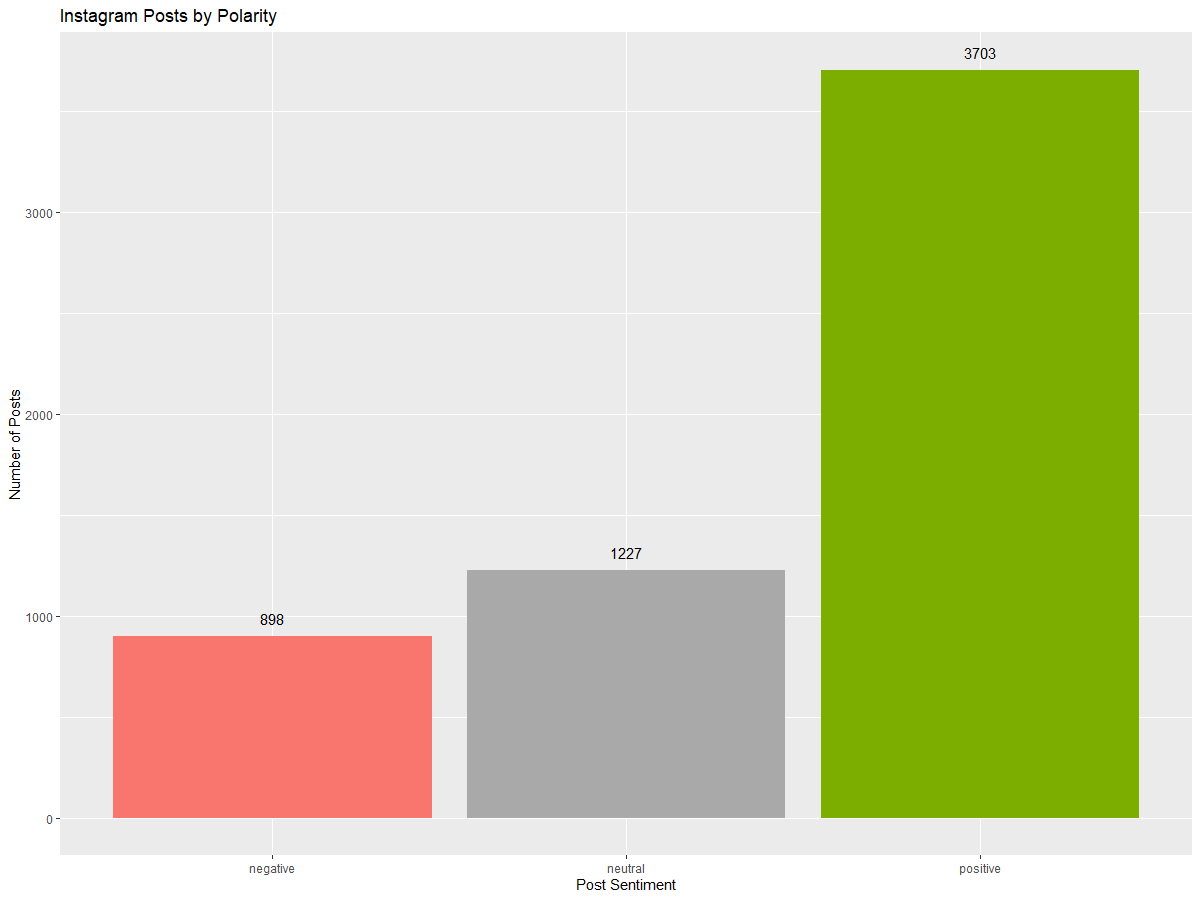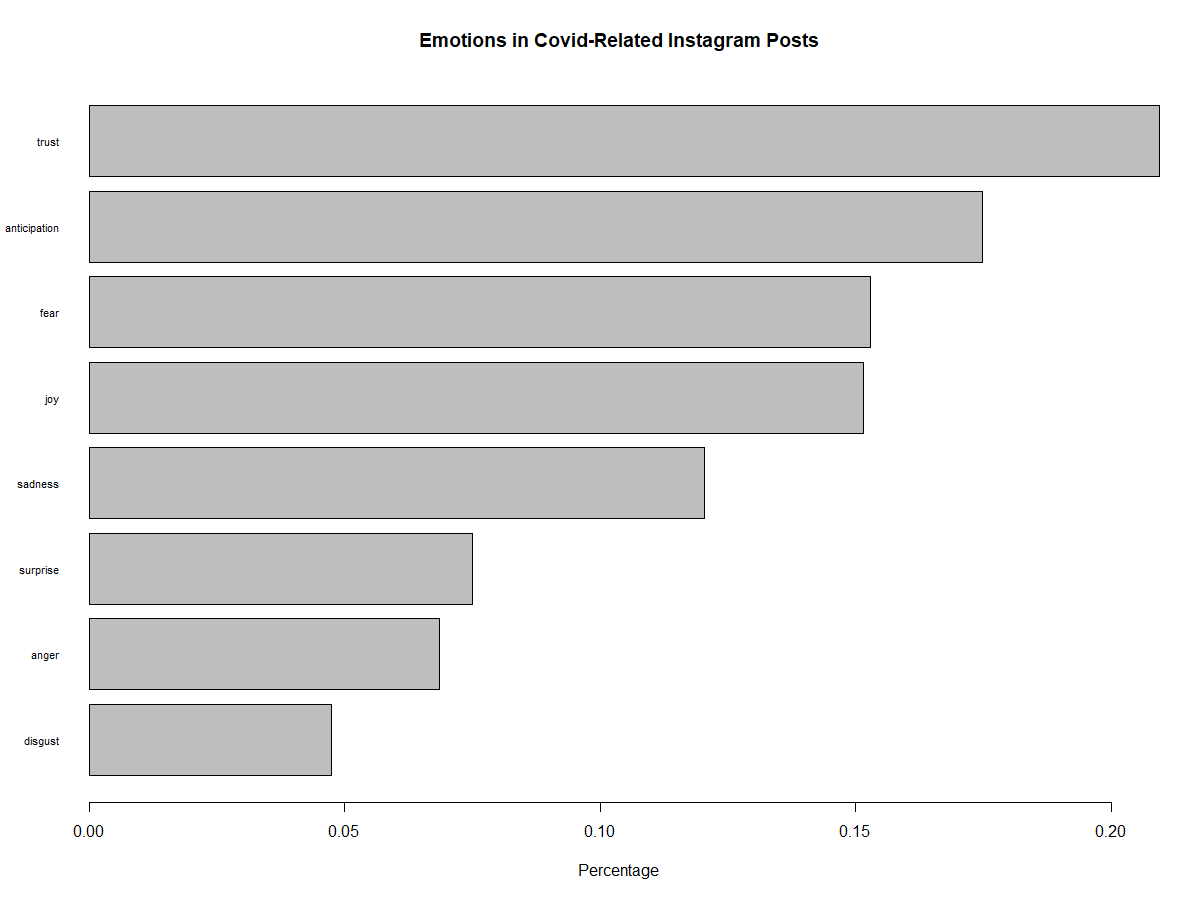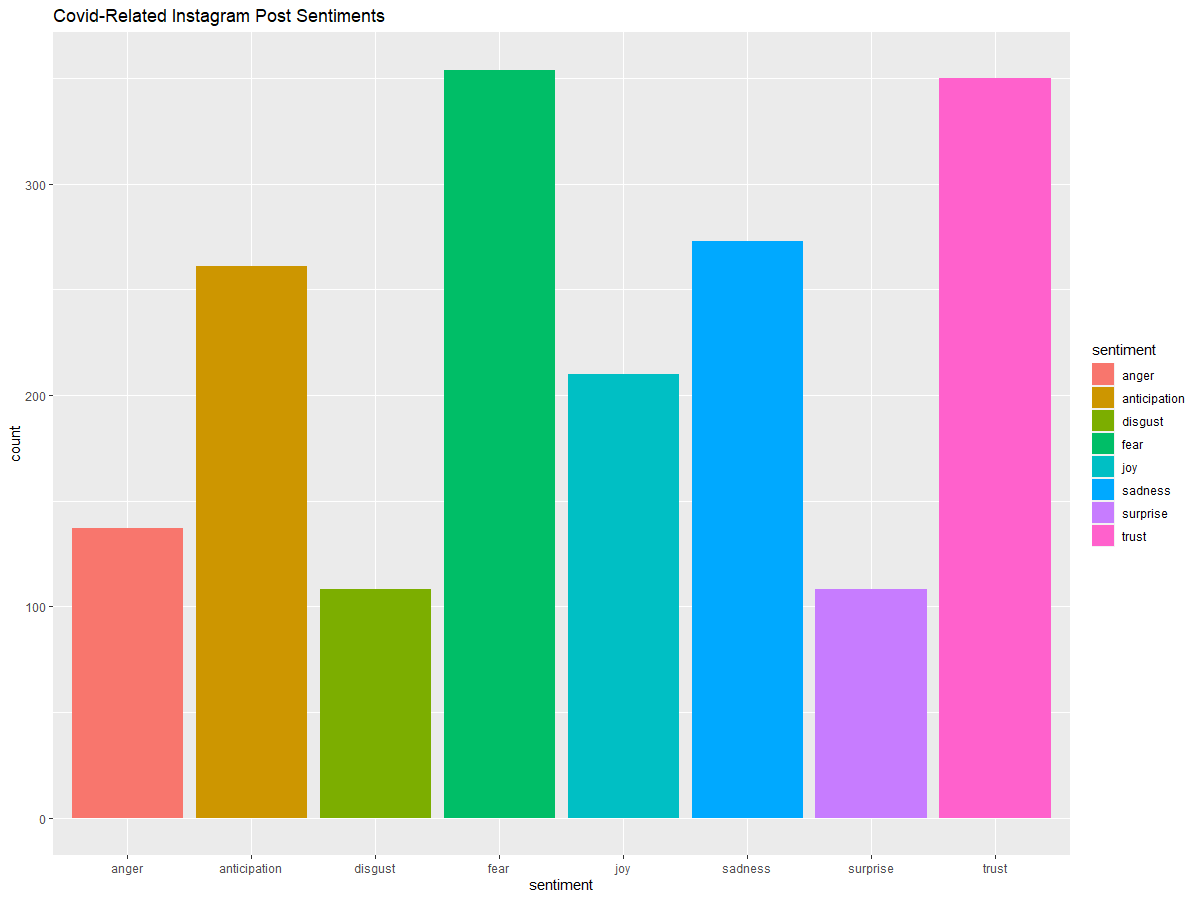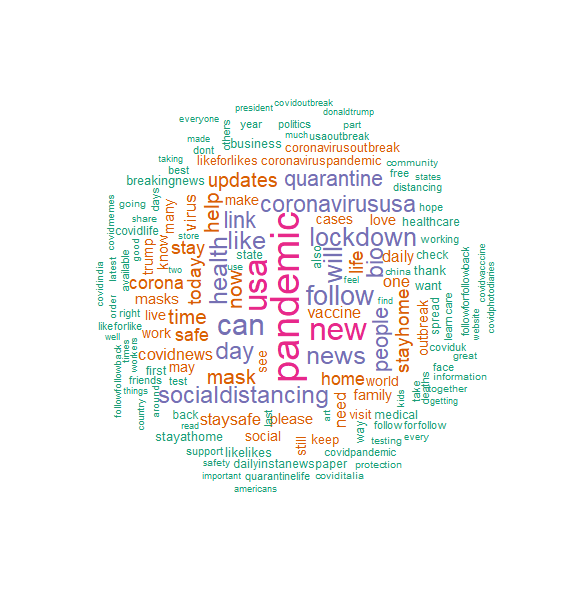

Instagram is a photo and video-sharing social networking service founded on the 6th of October in 2010. It was acquired by Facebook for $1 billion in 2012. Users can post to a permanent feed or to a temporary feed called “stories.” There is also a live-streaming service. Posts can be shared, liked, or added to collections
Facebook (A.K.A. Meta) has made increasing efforts to stop outsiders from collecting large amounts of information on their sites. Sending too many queries without a break will cause Instagram to ban your IP address for a short amount of time. Proxies can be used to reduce blocking by websites' anti-scraping measures.
The following steps were followed in order to gather data:
After these steps have been completed, and the data has been collected, it is time to process the data. Instagram/Facebook/Meta compresses the JSON data using zstd http://facebook.github.io/zstd/. and before we can begin working with the data, it needs to be decompressed. The following blocks of code do just that.
!pip3 install zstandard
import zstandard as zstd
import json
file = open("/data/example.zst", "rb") #whatever path its in goes here
data = file.read()
dctx = zstd.ZstdDecompressor()
decompressed = dctx.decompress(data)
decompressed = decompressed.decode('ascii','ignore')
dataArray = json.loads(decompressed)
All files were looped through and combined. It was then cleaned, and graphed for visualization.

Above is a bar graph displaying the sentiment of the Instagram posts we observed. As you can see there are a large number of positive posts, which makes sense given the type of social media platform Instagram is. Instagram is a platform that is mostly used as a vehicle for highlights of the users’ life and other more lighthearted posts, because of this nature we do see many positive posts in comparison to negative and neutral ones. In contrast to the other platforms our team observed, it seems Instagram users tried to look toward the “positives” of the situation the world was facing.
Here are several figures with an accompanying timeline that were made to examine Instagram posts that were made on the same day as local and federal governments made new mandates regarding the pandemic. As stated above, there are a large number of positive posts, and you can see it broken down by day here. We can attribute gaps in the data due to both the scraping methodology, and the data cleaning. The scraper was indiscriminate when it came to selecting posts, and as a result, some with only emojis for captions were pulled and some in foreign languages. Both of which were unfortunately unusable for our project.


These figures display the distribution of the main emotion that was expressed in each of the posts we observed. It comes as no surprise that positive emotions were the majority. Besides the nature of Instagram, we can maybe attribute this to some of the posts being advertising for businesses. As we all remember ads from early in the pandemic how companies wanted to make sure it was known they were there for us, and “in these unsure times” became a very common phrase. Fear was the highest negative emotion displayed. This was not very surprising due to the circumstances of the time, as many were trapped inside with nothing but social media to vent their feelings.

